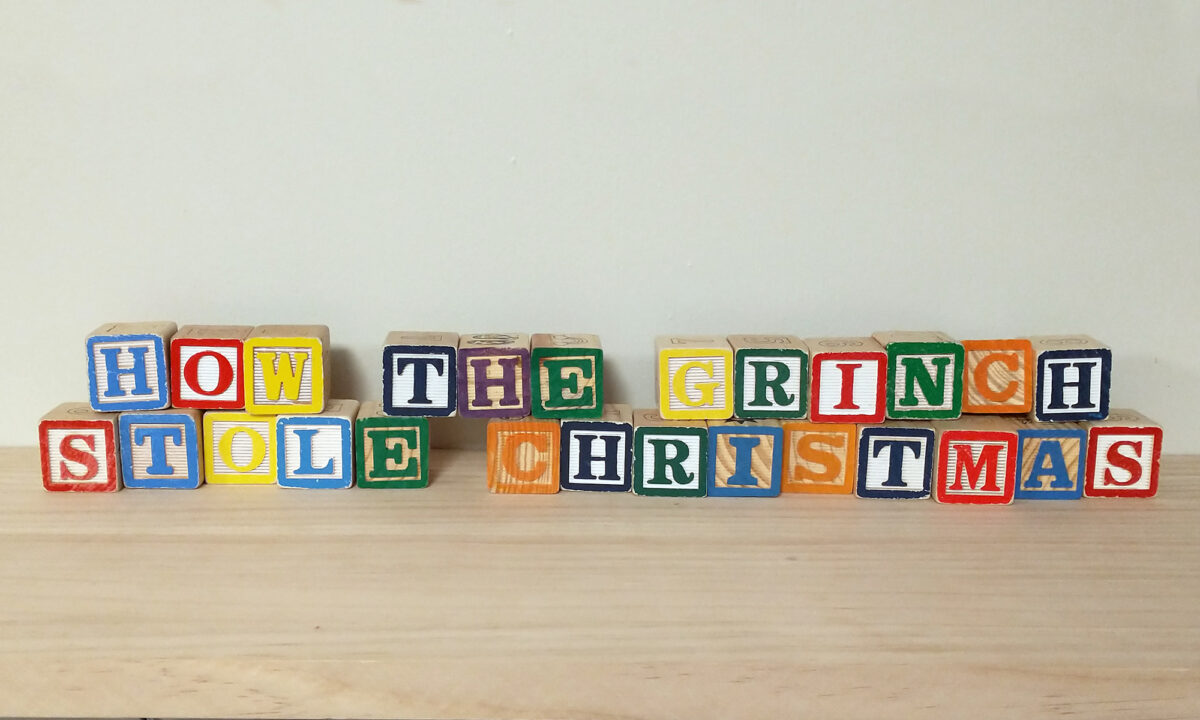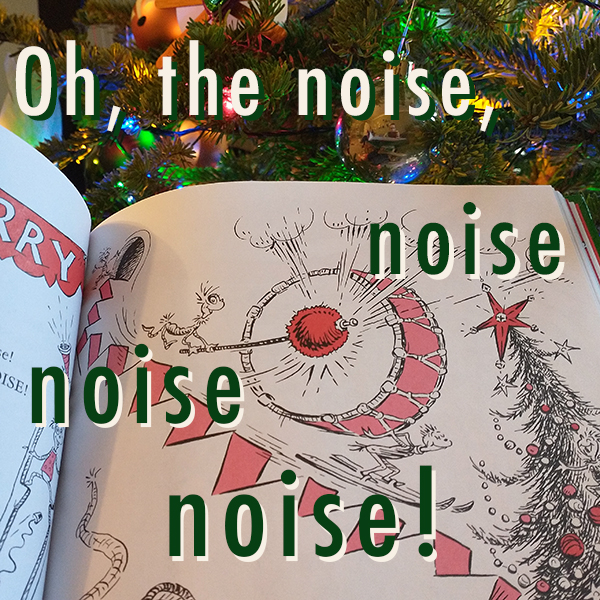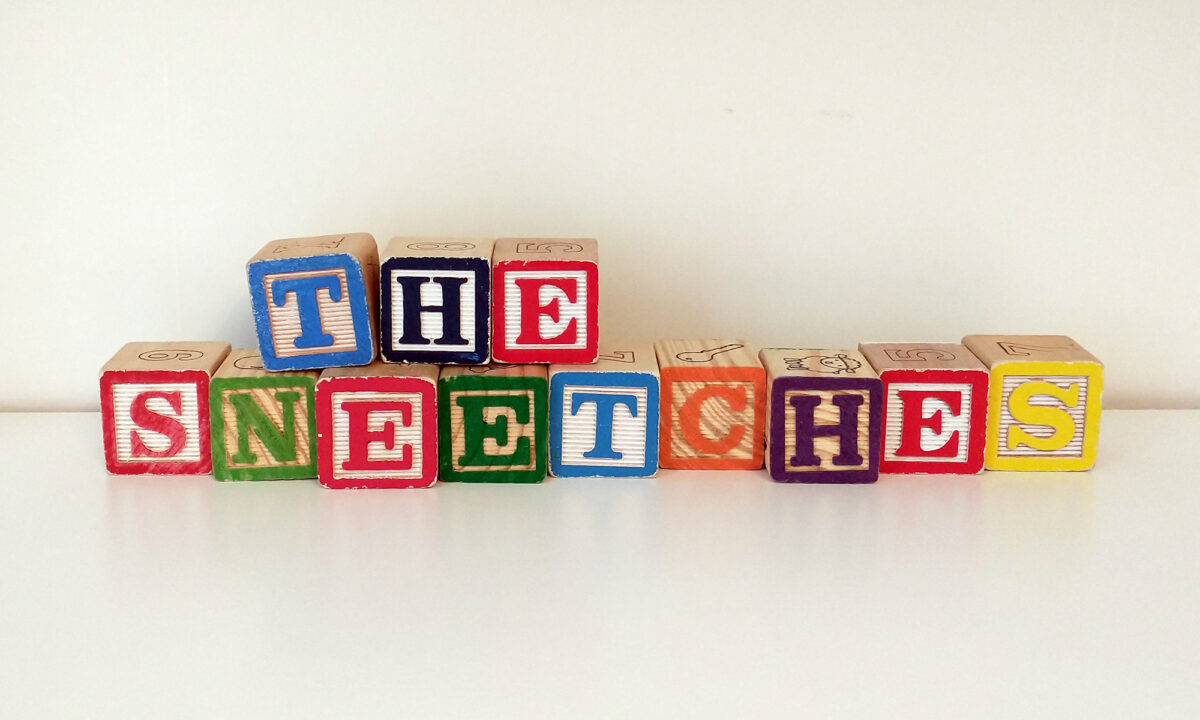In 1953, it was not popular to speak out against segregation, racism, and treating others badly because they are part of an out-of-favor group. But Dr. Seuss did just that in The Sneetches. In this year, Senator Joseph McCarthy was at the height of his powers and Arthur Miller was attempting to speak against him with is play The Crucible. Segregated schools wouldn’t be struck down by the supreme court for another year, and Rosa Parks wouldn’t refuse to go to the back of the bus until 1955.
It can be easy to brush off children’s stories as unimportant bits of fun, but it actually took a lot of courage to publish a book that spoke out against the mistreatment of entire groups of people back in 1953. But the story is so simple that it holds up very nicely today as a tale about treating one another with civility.
Activity: How Does it Feel?
This activity is best suited for elementary age students. Have students recreate scenes from pages 4, 5, 6, or 7 from The Sneetches. This could be done through acting, drawing, or posing toys to recreate the images. On page 4, a star-belly parent and child walk with their noses in the air past a plain-belly parent and child. On page 5, star-belly children enjoy playing ball together while excluding plain-belly children. On pages 6 and 7, a group of star-bellies enjoy a beach barbecue while plain-bellies are shut out from the warm fire, tasty food, and lively conversation.
After the children re-create one or more of these scenes in their own way, facilitate a discussion about how the plain-belly sneetches feel. Ask the children how they would feel if they were excluded in these ways. Encourage them to come up with ideas for how they can avoid mistreating others and encourage their peers to do the same.
Activity: Passing
This activity is best suited for high school students. In The Sneetches, the plain-bellies have stars applied to their bellies so that they can pass as star-bellied sneetches, who have a higher social status and are allowed full participation in society. This is a reference to the phenomenon of passing, in which a person who belongs to an oppressed group is able to look and behave as if they were a member of a privileged group. Passing can be done to save lives; during the Holocaust, some Jews were able to escape being sent to death camps by passing as non-Jews. In the 19th and early 20th centuries, mixed-race African-Americans whose features were European enough, passing could be used to escape slavery or gain access to education, jobs, housing, and societal connections that would not be open to them if their ancestry were known.
Instruct students to select an example of someone from US history who was mixed race and was able to pass as white. Students can give a written or oral report giving a biographical overview of their chosen subject’s life, with the main focus being how and why the person passed for white. There are many examples to choose from, such as Eston Hemings, Jane Morrison, Walter Francis White, James Weldon Johnson, or George Herriman.
The point of this assignment is for students to understand the reasons someone chose to pass, not to judge the individual’s choices or to project themselves into their subject’s situation. Students should specifically avoid judging whether or not a person from history should have attempted to pass, because their frame of reference and personal options are quite different from that of the people studied. A good report will note the advantages and disadvantages afforded by the choice to pass, as well as the ways in which the person was successful at passing.
Activity: Star On, Star Off
Materials needed:
Paper
Scissors
Duct Tape
Four chairs
Soft balls for bouncing or catching
Cut up slightly more star shapes than there are students in the class. Put a rolled up bit of duct tape on the back of each star so that it can be applied and removed to clothing repeatedly.
Go somewhere where children have enough space to run around safely. In the middle of the room set up two chairs side by side with about three feet of space between them. This is the “Star On” door. In line with these chairs, set up two more in the same manner for the “Star Off” door. Leave enough space between the “doors” for two children to stand. Assign one child to be “Star On” another to be “Star Off”. Star On and Star Off should stand in the space between the doorways.
Divide the rest of the class into two groups of equal size. Do this in an arbitrary way so that the students will not be able to infer the members of each group later. Do not tell the students that they should remember who is in each group.
Stick stars to the sleeves of the children in one group. On your cue, allow the children to run around the room, but tell them they should go through the Star On and Star Off doors several times each. Students with a star may bounce a ball or play catch with a classmate who currently has a star, but if they are tagged by a student without a star they must go through the Star-Off door. Students may not collect more than one star at a time – they must go through the Star Off door after getting a star. As they go through each doorway, Star On and Star Off will apply or remove the stars. The teacher can help with transferring stars from Star Off to Star On if needed.
Allow the children to play for several minutes. Then cue the children to freeze. Have everyone sit down in a group. Ask if any of the children can remember the members of the original group. Unless one student has a particularly good memory, most should not be able to recall how the group was divided. Discuss how this relates to the plot of The Sneetches, and how there really isn’t any important difference between the children that would prevent them all playing together.
Activity: Stars of David
It can be daunting to begin teaching younger children about anti-Semitism and the Holocaust. But children of all ages can be introduced to this dark part of history with a very simple lesson about how Jews were marked out as different in Nazi Germany.
After reading The Sneetches, explain that unfortunately it’s not just a funny story about some creatures that learn a lesson about being kind to one another. Explain that there have been times in history when people have been marked out as different so that they could be mistreated.
Research images of badges that Jews were forced to wear in Nazi-controlled areas during the 1930’s, such as this one:

Here are some questions you might ask to help introduce the idea of segregation to children. Modify them as appropriate and allow children to take whatever time they need to explore them:
-
-
- How would you feel if you had to wear a badge on your clothing that made it ok for everyone else to be unkind to you?
- If one of your friends had to wear a badge like that and the other kids were unkind to him or her, what would you do?
- Would you help people who had to wear badges if it meant that you or your family could also be treated badly?
Do not go into more detail than is appropriate for the children’s understanding, and pay attention to their emotional state. This part of history can be painful and difficult to begin learning about, and it’s important not to give children more than they can handle in one lesson.











